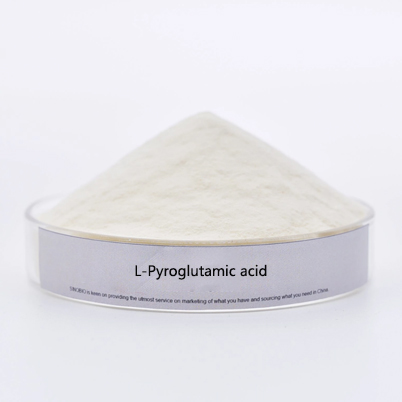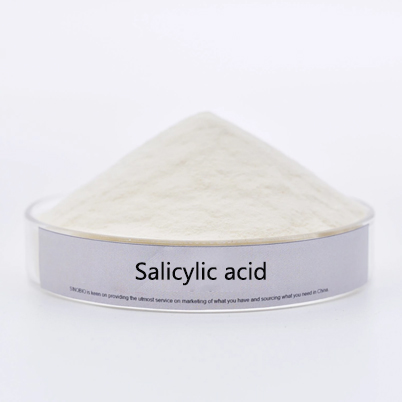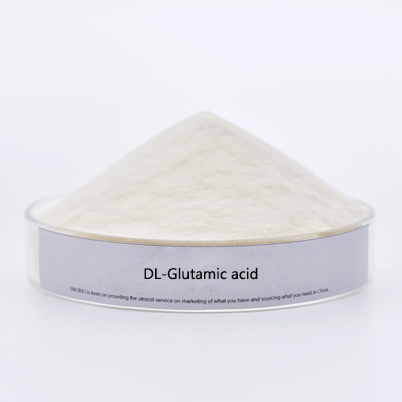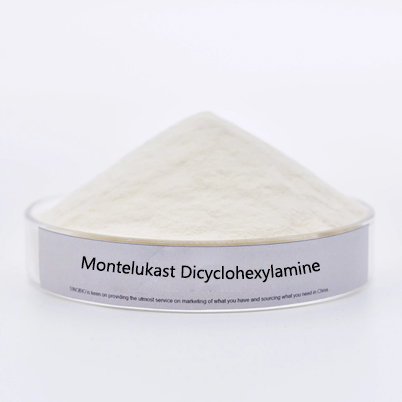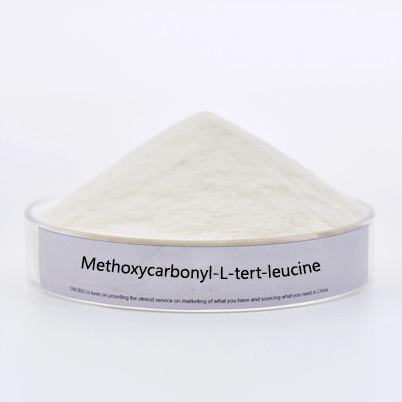- E-mail : info_medicalmarketing@jindunmedical.com
- Phone : +86 21 64057580
- Address : Shanghai China
Newly approved diabetes treatment drugs on the market, no miracle drugs, beware of deception, you need to know
2-((6-chloro-3-Methyl-2,4-dioxo-3,4-dihydropyriMidin-1(2H)-yl)Methyl)-4-fluorobenzonitrile is used as the intermediate of Trelagliptin succinate .
Trogliptin succinate is a dipeptidyl peptidase Ⅳ (DPP - Ⅳ) inhibitor developed by Takeda (Takeda Pharmaceutical Co., Ltd.) in Japan. It can selectively and continuously inhibit DPP - Ⅳ and control blood glucose level. Clinical trials show that the drug has good safety and effectiveness. Once a week can effectively control the blood glucose level and improve the medication compliance of patients. In May, 2015, the drug was approved by Japan PMDA to be listed for the treatment of diabetes.
Diabetes is a syndrome in which carbohydrate, fat and protein metabolism is disturbed due to insufficient insulin secretion and/or varying degrees of insulin resistance. The vast majority of diabetes is treated with medications. There are many types of clinical hypoglycemic drugs, each of which has a different mechanism of action and different characteristics. In recent years, the following glucose-lowering drugs have been approved for marketing.

1. Semaglutide
Semaglutide is a glucagon-like peptide-1 (GLP-1) receptor agonist. On June 4, 2021, the U.S. FDA approved stiglutide injection (2.4 mg once a week) for chronic weight management in obese or overweight adults, but the indication is not approved in China. From January 1, 2022, stiglutide injection will be introduced into medical insurance.

Semaglutide injection is given once a week by injection and semaglutide oral formulation is given once a day by mouth. The injectable form has been marketed in China, and the oral form has not been marketed in China.
The most common adverse reactions include nausea, diarrhea, vomiting, constipation, abdominal (stomach) pain, headache, fatigue, dyspepsia, dizziness, abdominal distention, belching, hypoglycemia in patients with type 2 diabetes, gastrointestinal distention (gas buildup), gastroenteritis and gastroesophageal reflux disease.
Medication warnings include pancreatitis, gallbladder problems (including gallstones), hypoglycemia, acute kidney injury, diabetic retinopathy (damage to the retina of the eye), increased heart rate, and suicidal behavior.
These drugs are contraindicated in patients with a personal or family history of medullary thyroid cancer or in patients with rare multiple endocrine neoplasia syndrome type 2. Persons with severe hypersensitivity to semaglutide or any component of the drug should discontinue immediately and seek medical attention if a serious allergic reaction is suspected.

2. Troglitazone Succinate Tablets
Troglitazone belongs to DPP-4 inhibitor, mainly through inhibiting the activity of DPP-4 enzyme, increasing the level of endogenous glucagon-like peptide-1 (GLP-1) and glucose-dependent insulinotropic peptide (GIP), exerting glucose-dependent insulinotropic effect and anti-glucagon effect, thus lowering blood glucose level, and this class of drugs has glucose-dependent hypoglycemic effect. It has the same glucose-lowering mechanism as other similar drugs (sitagliptin, saxagliptin, vigliptin, ligliptin and alogliptin), but due to its special molecular structure, it is broken down slowly in the body, so it only needs to be taken once in 7 days. Not yet available in China.
It may produce side effects such as hypoglycemia (when used in combination with other hypoglycemic drugs), nasopharyngeal sinusitis, and increased lipolytic enzymes. Troglitazone succinate tablets, like other glucose-lowering drugs, only control blood sugar and do not cure diabetes. It is currently under patent protection and is overpriced. You should not believe the words of some traders, be careful not to be fooled, and take glucose-lowering drugs as prescribed by your doctor.

3. DPP-4/SGLT-2 combination
The glucose-lowering drug Canalia was the first DPP-4/SGLT-2 combination to be marketed in Japan. The mechanism of action of DPP-4 has been described above; SGLT-2 mainly acts on SGLT-2 in the proximal tubule of the kidney to inhibit its reabsorption of glucose and to excrete excess glucose into the body through urine. SGLT-2, on the other hand, mainly acts on SGLT-2 in the proximal tubule of the kidney to inhibit its reabsorption of glucose and excrete excess glucose out of the body through urine, thus achieving the effect of lowering blood glucose level, and the hypoglycemic effect does not depend on β-cell function and insulin resistance. The DPP-4 inhibitors currently in clinical use include sitagliptin, saxagliptin, vildagliptin, ligliptin and alogliptin, etc.; SGLT-2 inhibitors include dagliflozin, enagliflozin and kagliflozin, etc.

Among the marketed DPP-4/SGLT-2 combinations, Boehringer Ingelheim-Lilly Diabetes Alliance's combination Glyxambi (ligliptin/engliptin) is the first DPP-4/SGLT-2 combination in the US market and was approved by FDA in February 2015; AstraZeneca's Qtern (saxagliptin/dagliflozin) is the first in the European market DPP-4/SGLT-2 combination, which was approved in July 2016. In late February 2017, Qtern was approved again by FDA, becoming the second DPP-4/SGLT-2 combination approved in the US market. Currently, there is no such compound on the market in China.

4. SGLT1/SGLT2 dual-action oral hypoglycemic agent
Sotagliflozin was approved for marketing by the European Medicines Agency on April 26, 2019 under the trade name Zynquista®.Sotagliflozin is a dual-action oral inhibitor of the sodium-glucose co-transport proteins SGLT1 and SGLT2, approved in the EU for use as an adjunct to insulin for Type 1 diabetes (T1D) patients (BMI ≥ 27 kg/m2) whose blood glucose is not well controlled by optimal doses of insulin.

Regardless of whether it is original or domestic, consult your doctor before using the drug, do not use it privately and do not believe unrealistic promotional phrases. Diabetes remains a major health-threatening problem, and more and better treatments are expected.
PRODUCT TAGS
2-((6-chloro-3,4-dihydro-3-Methyl-2,4-dioxopyriMidin-1(2H)-yl)Methyl)-4-fluorobenzonitrile;2-[(6-chloro-3-methyl-2,4-dioxo-1,2,3,4-tetrahydropyrimidin-1-yl)methyl]-4-fluorobenzonitrile;2-((6-chloro-3-methyl-2;4-dihydropyrimidin-1(2H)-yl)methyl)-4-fluorobenzonitrile;4-dioxo-3Chemicalbook;Benzonitrile,2-[(6-chloro-3,4-dihydro-3-Methyl-2,4-dioxo-1(2H)-pyriMidinyl)Methyl]-4-fluoro-;2-[(6-Chloro-3,4-dihydro-3-Methyl-2,4-dioxo-1(2H)-pyriMidinyl)Methyl]-4-fluorobenzonitrile;2-((6-chloro-3-Methyl-2,4-dioxo-3,4-dihydropyriMidin-1(2H)-yl)Methyl)-4-fluorobenzonitrile-
date
2022-10-09
-
location
Shanghai, China






































